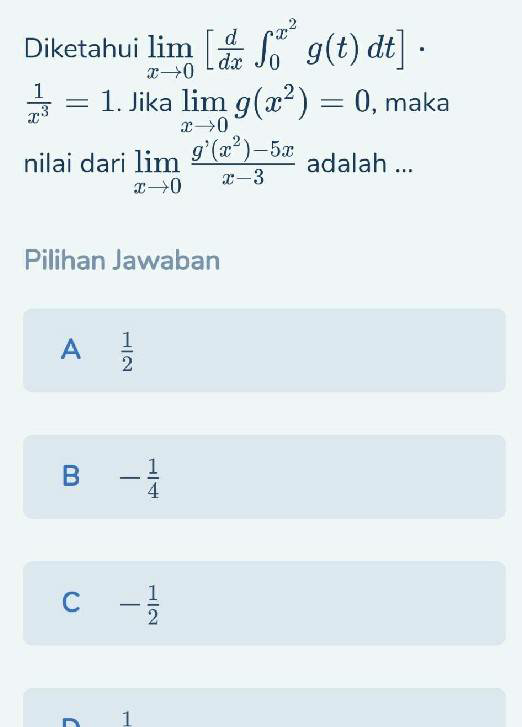
AllQuestion and Answers: Page 1345
Question Number 78948 Answers: 1 Comments: 7
Question Number 78946 Answers: 1 Comments: 2
$$\mathrm{solve} \\ $$$$\mathrm{cos}{x}−\sqrt{\mathrm{3}}{sinx}=\mathrm{1} \\ $$
Question Number 78944 Answers: 0 Comments: 1
Question Number 78941 Answers: 2 Comments: 0
Question Number 78937 Answers: 1 Comments: 5

Question Number 78933 Answers: 0 Comments: 4

Question Number 78931 Answers: 1 Comments: 8
Question Number 78897 Answers: 1 Comments: 11

Question Number 78894 Answers: 0 Comments: 1
Question Number 78890 Answers: 0 Comments: 2
Question Number 78889 Answers: 1 Comments: 0
Question Number 78888 Answers: 1 Comments: 1
Question Number 78887 Answers: 0 Comments: 2
Question Number 78885 Answers: 1 Comments: 0
Question Number 78878 Answers: 1 Comments: 0
Question Number 78877 Answers: 1 Comments: 6
Question Number 78880 Answers: 1 Comments: 0
Question Number 78865 Answers: 2 Comments: 5
Question Number 78857 Answers: 1 Comments: 5
Question Number 78853 Answers: 4 Comments: 0
Question Number 78851 Answers: 0 Comments: 1

Question Number 78829 Answers: 0 Comments: 8
Question Number 78828 Answers: 0 Comments: 3
Question Number 78827 Answers: 0 Comments: 2
Question Number 78815 Answers: 1 Comments: 0
Question Number 78814 Answers: 1 Comments: 1

Pg 1340 Pg 1341 Pg 1342 Pg 1343 Pg 1344 Pg 1345 Pg 1346 Pg 1347 Pg 1348 Pg 1349
